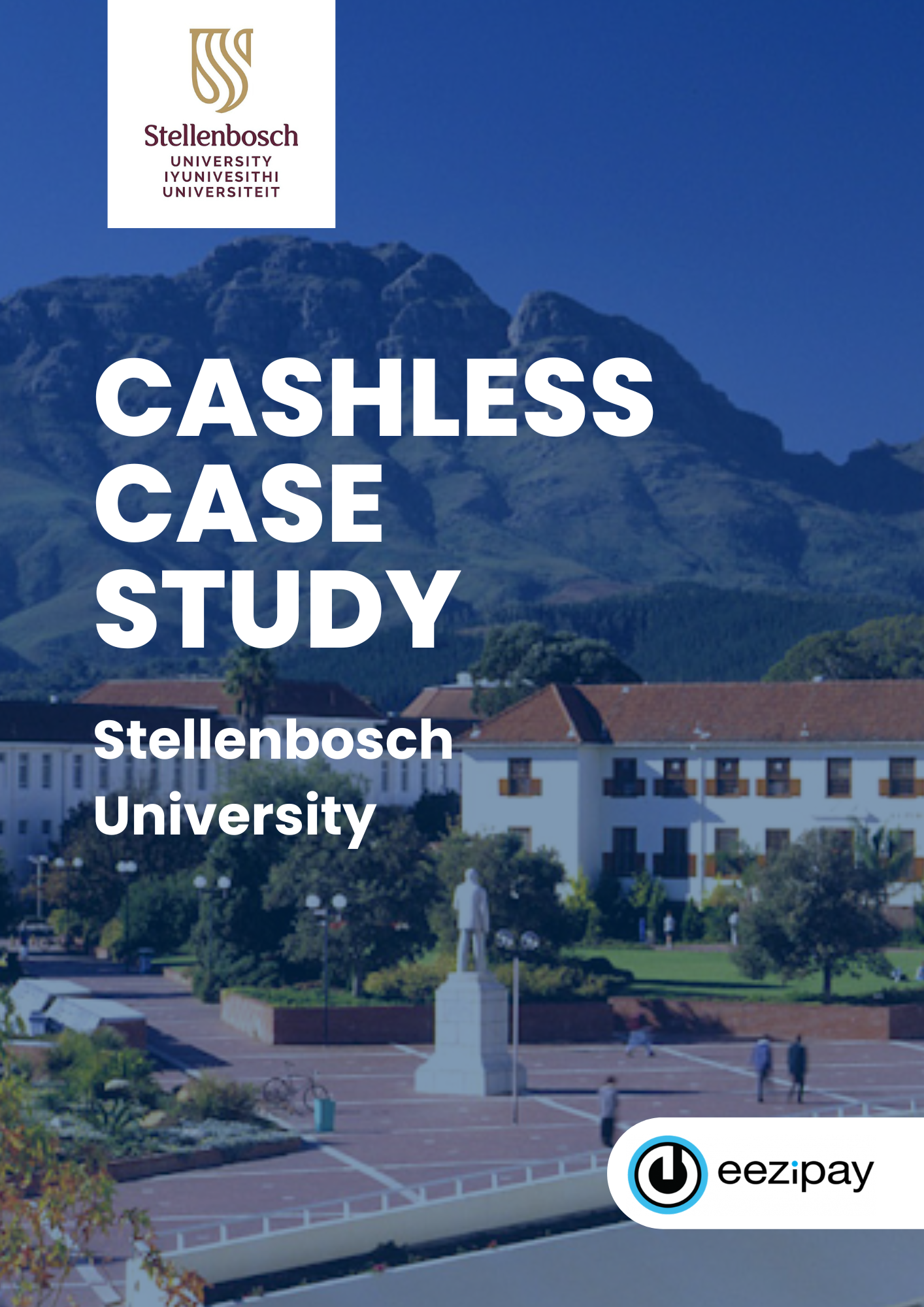Ensuring the safety and well-being of students living in residences is no longer just about locking doors and hiring security staff. In South Africa’s higher education and private student accommodation (PBSA) sector, residence managers and operators are under increasing pressure to create environments that are not only safe but also efficient and convenient. Students expect the same level of digital convenience they experience in other areas of life — from online banking to mobile payments — and security is no exception.
This is where the modern access control system has become a game-changer. Moving beyond traditional keys and manual registers, today’s solutions use smart cards, biometrics, and mobile credentials to provide seamless yet secure entry to residences, study spaces, and communal areas. For operators, these systems reduce administrative overheads and provide valuable data insights. For students, they deliver peace of mind and an improved living experience.
In this blog, we explore how access control systems are transforming student residences in South Africa. We’ll examine how they improve safety, boost operational efficiency, and enhance the overall student experience, while also looking at the future of access control technology in campus environments.
Table of Contents
1. Why Access Control Matters in Student Residences
Running a student residence involves juggling many risks and expectations. Some of the drivers of why access control is essential include:
- Risk of unauthorised entry, theft, break-ins, and late-night disturbances: Residences often have many entry points (main gates, side doors, communal facilities, student rooms), which can be exploited if not properly managed.
- Regulatory liability and duty of care: Operators and universities must ensure student safety under the law. Poorly managed access or breaches can lead to legal risk, damage to reputation, and financial costs.
- Student well-being and reputation: In a competitive PBSA market, prospective students and parents assess safety features. A robust access control system can become a differentiator in attracting residents.
- Operational costs and inefficiencies of traditional methods: Lost keys, manual logbooks, guard staff time, lock replacements — these all add up.
Given this, student residence security isn’t just about deterrents; it’s about implementing an access control system that proactively manages who enters, when, and how, while keeping things smooth for legitimate users.
2. The Evolution: Traditional vs Modern Access Control
Understanding where we’re coming from helps us appreciate what modern systems bring.
- Traditional methods: mechanical keys, padlocks, guard-monitored entrances, and paper logs for visitors. These work to some degree but have clear weaknesses: keys get lost, duplication is easy, paper logs are liable to human error, delays in response, and poor visibility into actual access events.
- Modern access control: digital credentials (cards, fobs), mobile access (via smartphone apps, NFC/Bluetooth), biometrics (fingerprint, facial recognition), cloud-based management, integrated surveillance, visitor management, role/time-based permissions.
These advances allow for more precise control, faster response to incidents or threats, better scalability, and measurable data for audits and continuous improvement.
Comparing Traditional vs Modern Access Control Solutions
Below is a comparative look at how traditional methods stack up against modern access control systems across key metrics:
| Feature / Metric | Traditional Access (Keys, Manual Methods) | Modern Smart Access Control Systems |
|---|---|---|
| Security Level | Easily compromised: lost/stolen keys, key duplication, shared keys | Encrypted credentials, biometric/mobile authentication, unique identifiers per user |
| Efficiency for Staff | High administrative burden (tracking keys, manual logbooks, re-keying) | Automated user onboarding/offboarding, centralised credential management, and remote control |
| Student Experience | Delays, inconvenience, risk of lockouts or stolen keys | Seamless entry, mobile credentials, reduced friction |
| Data & Reporting | Limited or no logs; often reactive | Detailed audit trails, real-time alerts, and analytics for usage patterns |
| Scalability | Difficult and costly to scale; physical keys and hardware maintenance | Easily scalable across multiple access points/residences, software updates |
| Cost Over Time | Frequent costs: replacing lost keys, lock-outs, guard staffing overhead | Initial investment is higher, but lower ongoing costs through automation and fewer losses |
The contrast is clear: while traditional methods may still work in limited scenarios, they leave significant gaps in both safety and efficiency. By adopting a modern access control system, PBSA operators and residence managers can move beyond reactive security and towards proactive student residence security and smarter campus safety.
3. How Modern Access Control Systems Enhance Safety
Modern access control systems improve safety in student residences in several concrete ways:
- Real-time monitoring & audit trails: Each entry (or attempted entry) is logged with time stamps. If there’s an incident, management can see exactly who accessed which area and when. This helps with investigations and deterring crime. It also supports campus safety officers in patterns of suspicious behaviour. According to Intelegates, modern access control systems record every tap, swipe, or scan and put that information to work in logs and alerts.
- Multi-factor authentication & higher assurance: Using multiple authentication methods (cards, PINs and biometrics) increases security significantly, especially for high-risk areas such as server rooms or controlled labs.
- Controlled access by zones & time: Common areas (gym, laundry, study lounges) can be open only during certain hours; restricted areas (security-sensitive) can have tighter controls. Also, visitors or contractors can be given temporary or limited access. Omnitec’s blog on digital key benefits highlights that access can be programmed to restrict when certain users enter common spaces.
- Integration with other security tools: Access control does not function in isolation. It links with alarm systems, CCTV, and intercoms. When someone tries unauthorised access, cameras are triggered; doors may auto-lock in emergency mode. Thus, integration is a key feature.
- Rapid response to loss/breach: If a keycard is lost, credentials can be deactivated immediately. Traditional keys require lock changes. This is especially important in residences with high turnover.
4. Efficiency Gains for Operators and Managers
Efficiency is not just about security: it’s about smarter operations.
- Streamlined onboarding/offboarding: When a student moves in, their access can be provisioned electronically; when they leave, access is revoked. There’s no need for key collection or manual walkthroughs.
- Reduced physical maintenance & logistics: Fewer lock changes, fewer lost key issues, less security guard time checking credentials manually or managing logs.
- Remote/centralised management: If an operator has multiple residences (or multiple blocks), modern systems allow centralised dashboards, remote configuration, and setting access permissions without being on-site.
- Cost savings over time: Although the upfront investment is higher (hardware, deployment, software), savings follow from lower labour costs, fewer losses, less physical damage (e.g. forced entry), and more efficient use of staff.
- Data-driven decision making: Reports on peak access times, bottlenecks, usage of communal spaces, patterns of attempted breaches help managers allocate resources more intelligently (e.g. more guards at certain gates, better lighting, and scheduling maintenance).
5. Improving the Student Experience
Safety is essential, but so is how students feel about their living environment. A well-designed access control system contributes positively to student experience:
- Convenience: Students no longer need to carry multiple keys, worry about locks, or wait for manual verification. Mobile access via smartphones or a single card/token makes entering facilities seamless.
- Sense of safety and privacy: Knowing that only authorised persons can enter the residence or particular zones builds trust. Students are more likely to feel that their personal space is respected.
- 24/7 functionality and predictability: Modern systems with redundancy (battery backup, fail-safe mechanisms) ensure access works even during power cuts or emergencies.
- Visitor management without friction: Enabling visitors or service personnel to gain temporary access, subject to verification, adds security without undermining usability.
- Reputation and retention: Happy, safe students are more likely to renew leases, recommend the residence to others, and maintain property well.
Sustainability is also part of the student experience. Digital access systems reduce waste from plastic cards and paper logs while supporting broader eco-initiatives. For more details, see our blog on Green Campus: How Cashless Residences Drive Sustainability in South Africa, which highlights how cashless solutions support both safety and environmental goals.
6. Case Studies & Local Context
To ground this in South Africa or similar student accommodation contexts, it’s important to look at real-world implementations of access control systems:
- University of Pretoria (Mul-T-Lock TLO)
The University of Pretoria rolled out over 6,600 Mul-T-Lock TLO lockout units across its campus, covering 30 student residences with approximately 220 doors per building. While fully mechanical, this high-security solution demonstrates how large-scale access control projects can improve reliability and safety in higher education. - Beau Vie II (Paxton 10 System)
This South African PBSA implemented Paxton 10, combining access management with integrated surveillance. Students benefit from streamlined intercom access at front doors and operators gain centralised oversight, showing how modern systems bridge convenience and safety. - Elanza at Rezident Student Living (ASSA ABLOY)
Rezident, a purpose-built student residence, adopted Elanza’s electronic locking solution, specifically designed for PBSA. The system secures both perimeter and internal doors with encrypted RFID credentials, offering scalability, emergency safety (panic release), and improved student confidence in the residence’s security.
These examples demonstrate that modern access control systems aren’t just theoretical ideals; they’re actively reshaping student security in South Africa.
7. What to Look For in a Modern Access Control System
If you are a PBSA operator, residence manager, or security team member considering an upgrade or choosing the right access control system, here are the key features to evaluate:
- Integration capabilities
- Can it integrate with CCTV, alarm systems, fire safety systems, visitor management systems, and mobile apps?
- A single pane of glass (dashboard) reduces coordination overhead.
- Credential flexibility
- Support for cards, mobile credentials (app / NFC / Bluetooth), biometrics, and PINs.
- Ability to issue temporary credentials for contractors or guests.
- Role- and time-based permissions
- Different roles (students, staff, cleaners) should have correct access levels.
- Time windows: e.g. facility open hours versus after-hours restrictions.
- Real-time monitoring, alerts, and analytics
- Alerts for unauthorised attempts, doors left open, and after‐hours access.
- Analytics of usage patterns.
- Cybersecurity and data protection
- Encrypted credential data. Secure cloud or on-premise storage.
- Safeguards against hacking, credential cloning, etc.
- Hardware robustness & fail-safe operation
- Devices (readers, locks) must be durable, suited to the local climate (heat, humidity), and low maintenance.
- Emergency backup (battery, mechanical fail-safe) in case of a power/outage.
- Scalability & support
- Ability to expand across more buildings and locations.
- Vendor support in South Africa (warranty, spare parts, service)
8. Future Trends in Access Control & Student Residences
Looking forward, several emerging trends are likely to shape how access control systems continue to evolve in student accommodation:
- Biometrics and AI-assisted verification: Facial recognition (with privacy safeguards), fingerprint recognition, and even gait recognition could be utilised more in secure zones.
- Mobile and contactless credentials: Smartphone apps replacing physical cards; NFC, Bluetooth, and more.
- Smart integration with “residence services”: One credential controlling not just doors but laundry, vending, and payment of amenities (cashless living).
- Predictive analytics & smart alerts: Using data to anticipate crowding or detect irregular behaviour before incidents happen.
- Green / energy-efficient locks and systems: Energy usage, environmentally friendly manufacturing and disposal, and green credentials are increasingly relevant.
- Enhanced cyber-physical security norm: As these systems are networked, cyber protection becomes as important as physical locks.
Together, these trends suggest a future where access control systems becomes not only smarter and more secure but also deeply integrated into the broader digital campus experience.
For a deeper dive into managing this effectively, consider reading our article on Residential Management Services: How Digital Platforms Are Changing Student Living, which shows how access control systems form part of a broader digital transformation across student accommodation.
Conclusion: Building Safer, Smarter Residences
Adopting a modern access control system is no longer optional for forward-looking PBSA operators and residence managers — it’s a foundational investment. Such systems deliver heightened student residence security, reduce operational overheads, and significantly improve student satisfaction.
In South Africa’s student accommodation sector, where pressures of safety, cost efficiency, and market competition intersect, operators who commit to best practices in access control stand to gain both reputational and financial advantages.
Transform Student Safety and Efficiency Today
- Want a full survey of your residence security posture? Explore our access control solutions to see how Eezipay’s integrations secure residences while streamlining operations.
- Ready to see it in action? Book a demo today and find out how Eezipay can help fortify campus safety and efficiency in your residences.

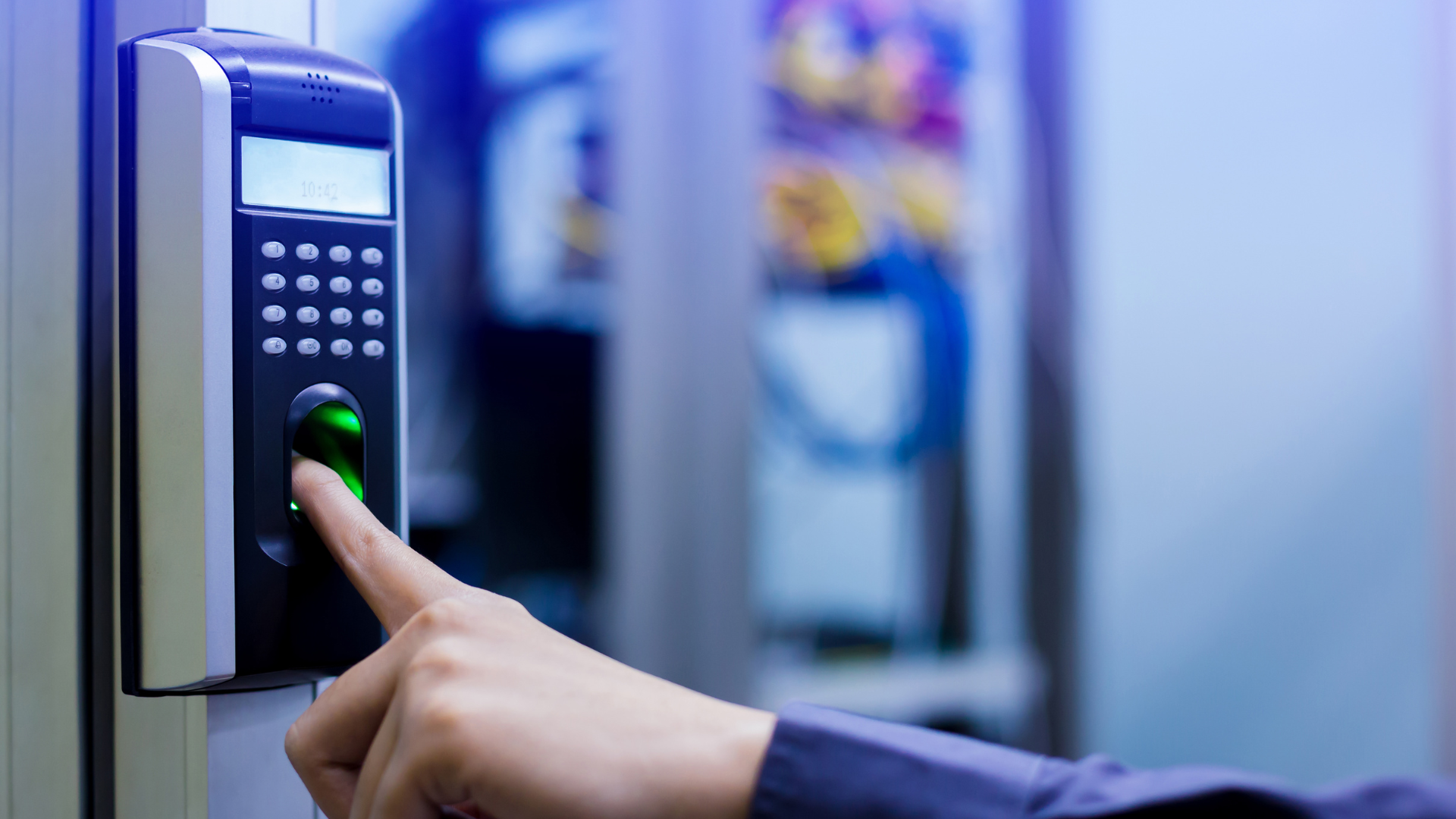
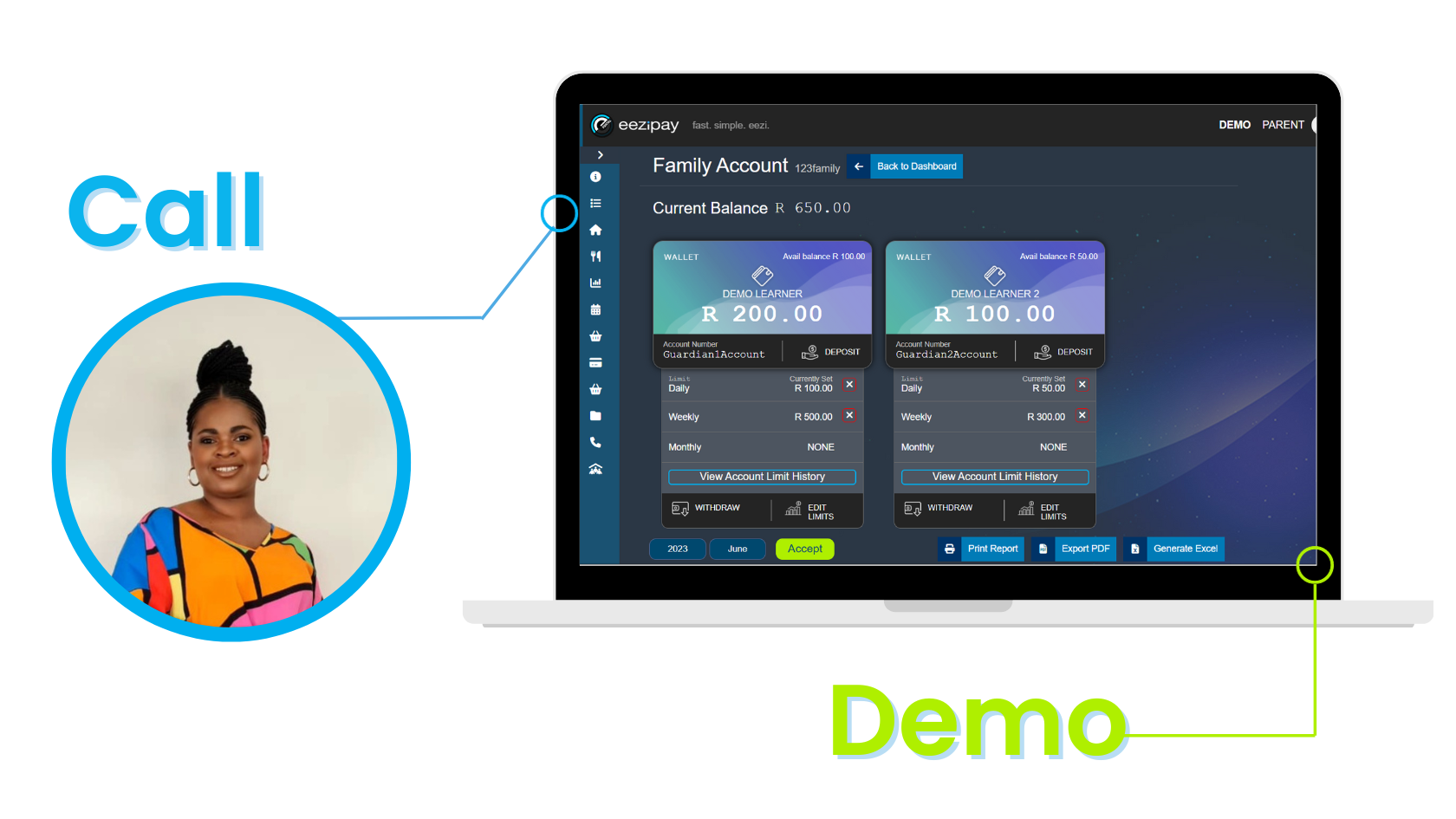
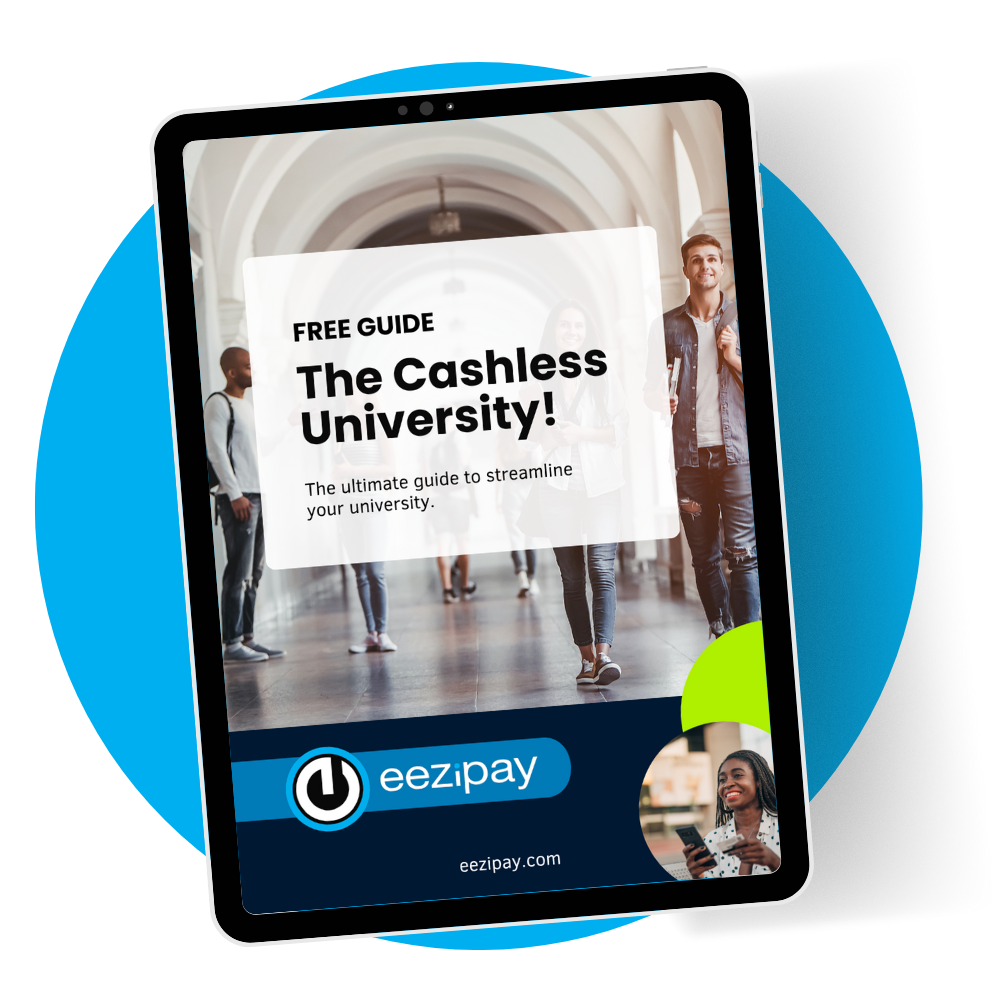
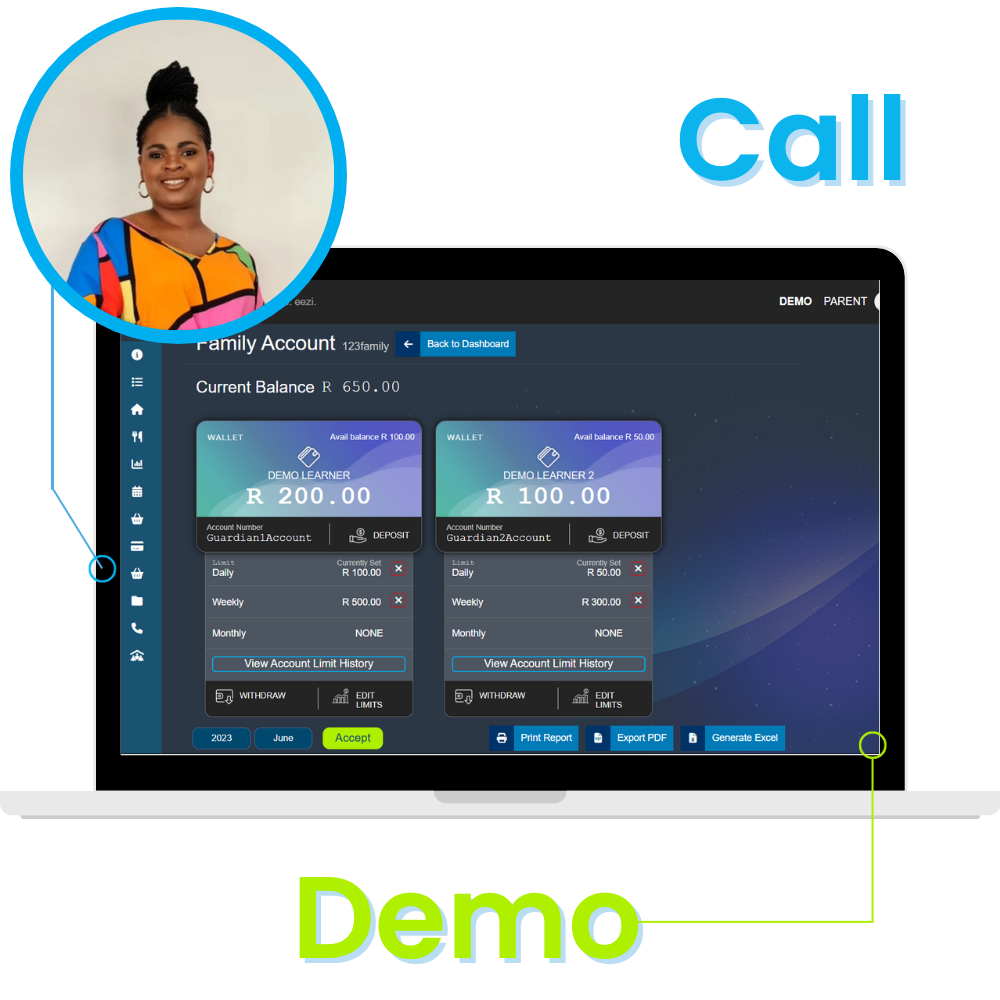
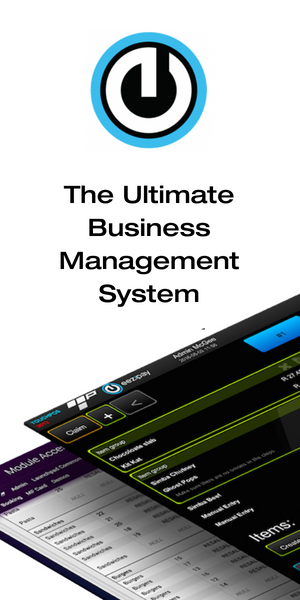
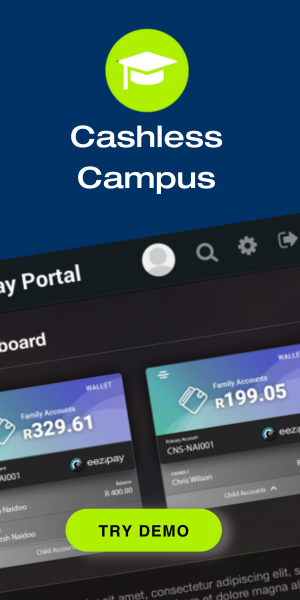

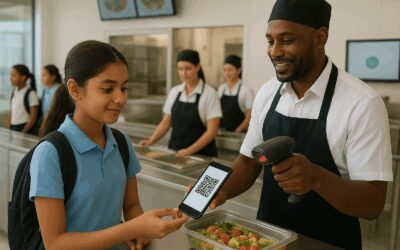
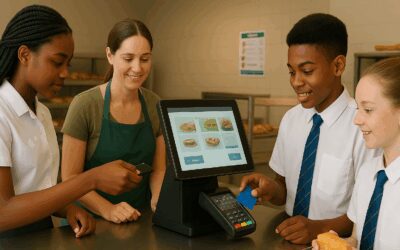
![How QR Code Payments Are Powering a Brighter Future for Universities [2025]](https://eezipay.com/wp-content/smush-webp/2025/05/QR-Codes-Payments-For-Universities-400x250.png.webp)
